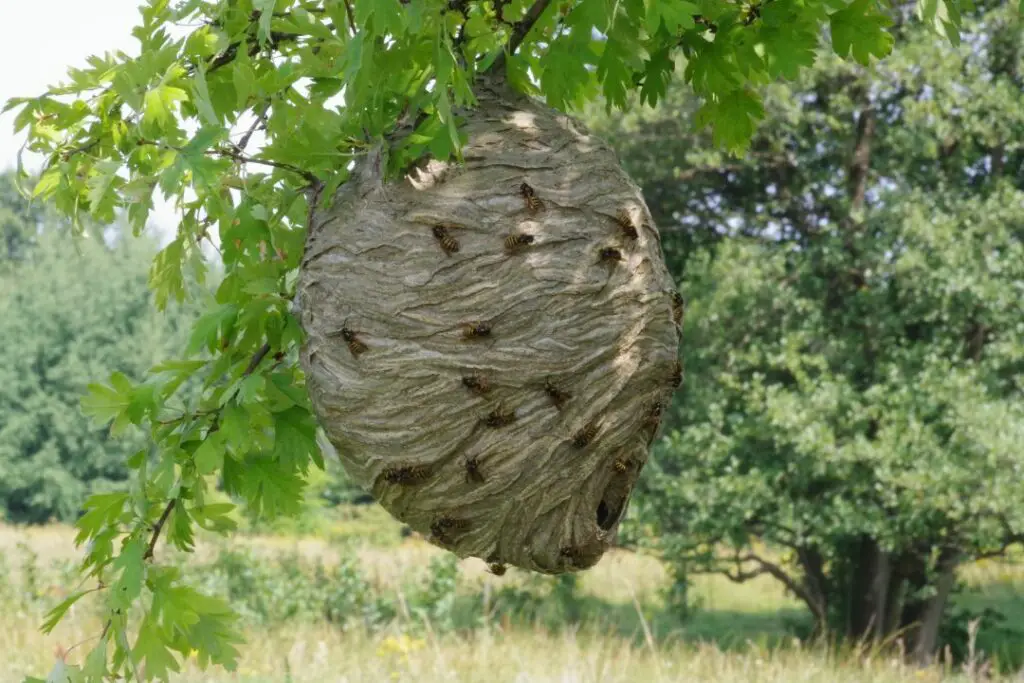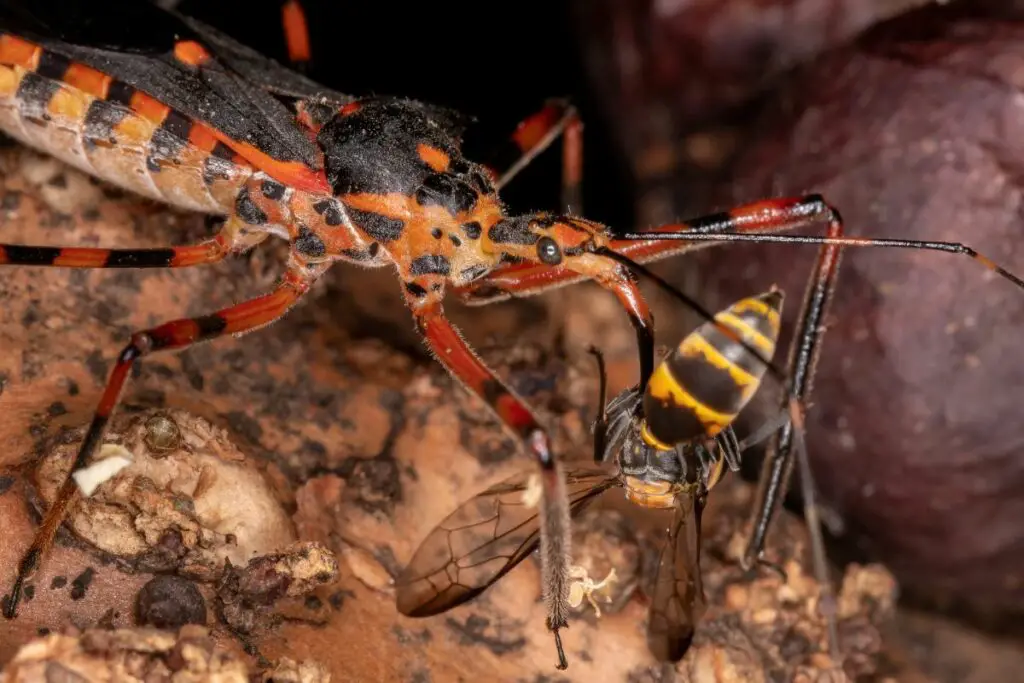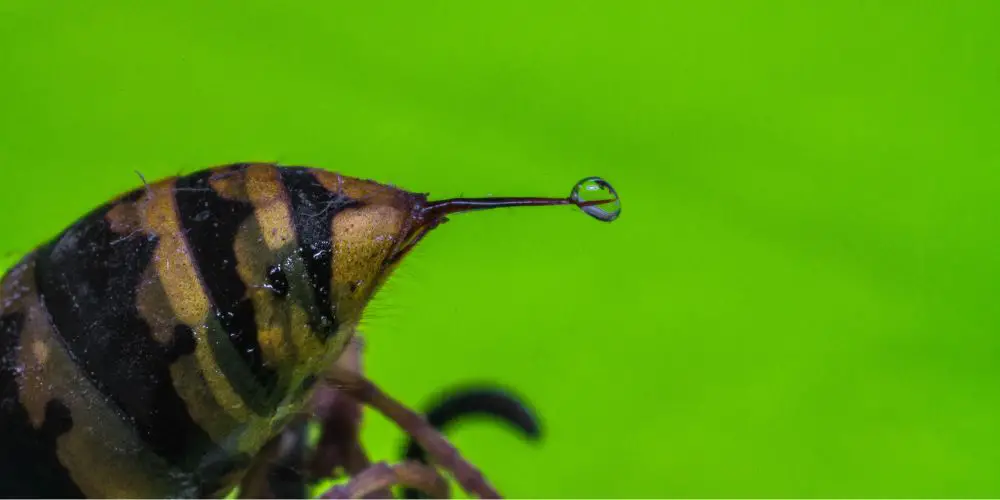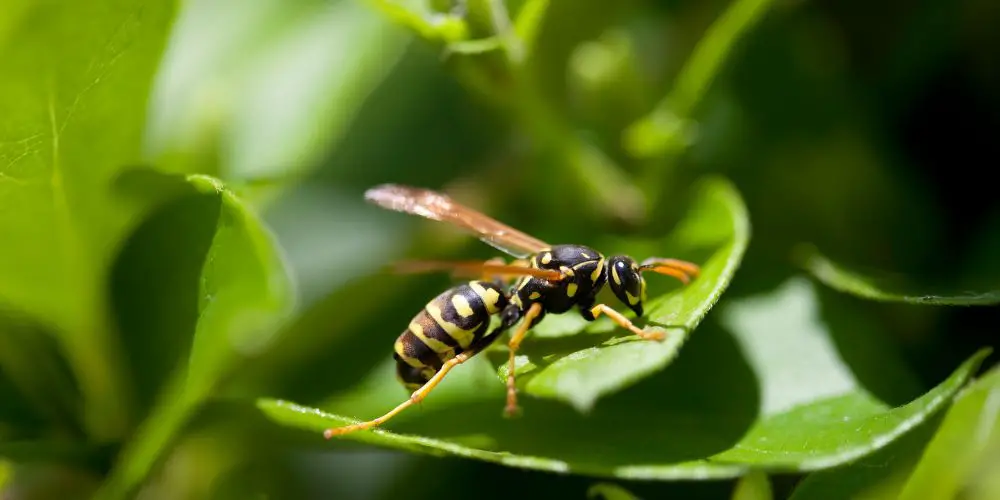Looking for a quick, simple guide on why and when wasps leave their nest and why it matters.
We’ll explore the wasp life cycle, their seasonal behaviour, and the key moments when they decide to vacate.
Whether dealing with a wasp nest in your garden or just curious, you’re in the perfect spot.
A Quick Overview
Here’s a quick breakdown of how wasps behave all year, from early spring to the depths of winter.
| Time of Year | Activity | Details |
|---|---|---|
| Spring (April) | Nest Building | Queen wasps emerge from hibernation to scout locations and start nests. |
| Late Spring | Colony Formation | Worker wasps take over nest building and maintenance. |
| Summer (June-July) | Peak Activity | Worker wasps are most active, foraging and expanding the nest. |
| Late Summer (August-September) | Queens Depart | New queens and drones begin to leave the nest for mating. |
| Autumn | Nest Abandonment | The remaining workers and drones start to abandon the nest. |
| Winter | Hibernation | Surviving queens hibernate, and the nest is generally abandoned. |
Now we know when to expect these sometimes unwelcome guests, it’s much easier to understand how long you can expect them to stay.
Generally, most waps will leave their nests around September-October, and you won’t see any activity until April the following year.
Armed with this, you can decide if it’s a manageable situation or requires wasp nest removal services.
*Important tip – Wasps and hornets will not return to re-use a previously vacated nest, so if you’re dealing with a mild-moderate wasp issue late in the summer, your best bet is to wait it out.
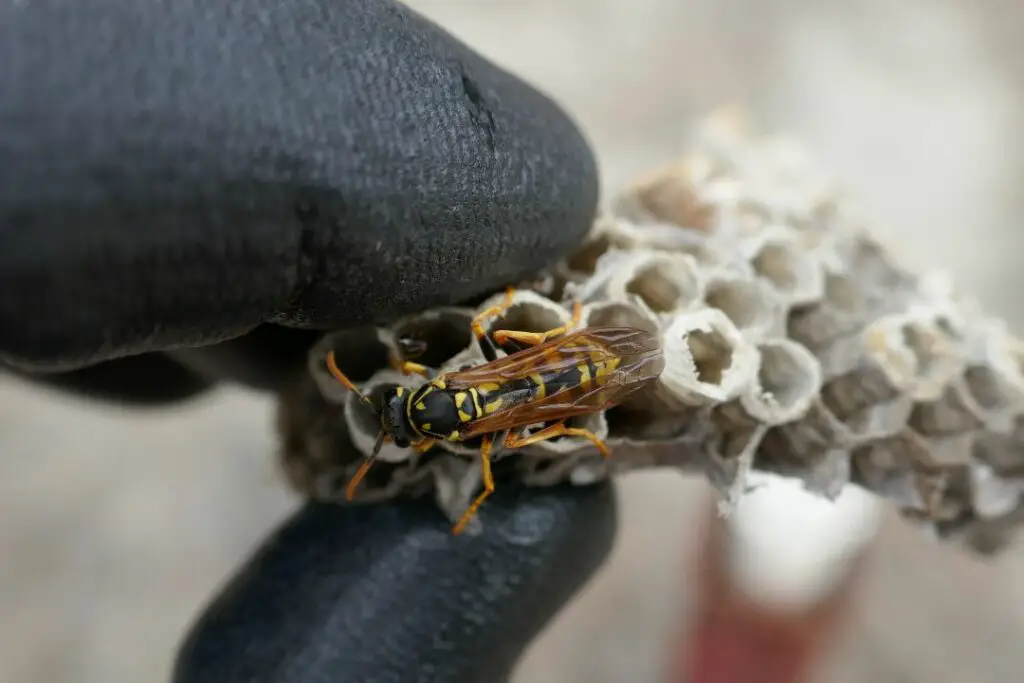
The End Of The Nest
Winter is coming, and not just in the world of fantasy novels.
For wasps, the approach of colder months signals a series of significant changes in their nest dynamics.
Preparing for winter
As summer winds down, the wasp nest experiences its final burst of activity. New queens and drones (fertile males) emerge and leave the nest to mate.
This is when you might notice increased wasp activity around your property.
Come autumn, the remaining worker wasps and drones begin to abandon the nest. The original queen, having fulfilled her role, often dies around now.
The worker wasps become more aggressive as they scramble to find food for the hibernating queens.
They’re also more likely to enter human spaces, attracted by artificial lights and heat.
Winter arrives
The newly-mated queens are the only members of the wasp colony set to survive the winter.
They leave their original nests and seek sheltered spots to hibernate, like tree bark, sheds, or even inside your home’s walls.
The hibernating queens are in a state of torpor, conserving energy until the warmer months return.
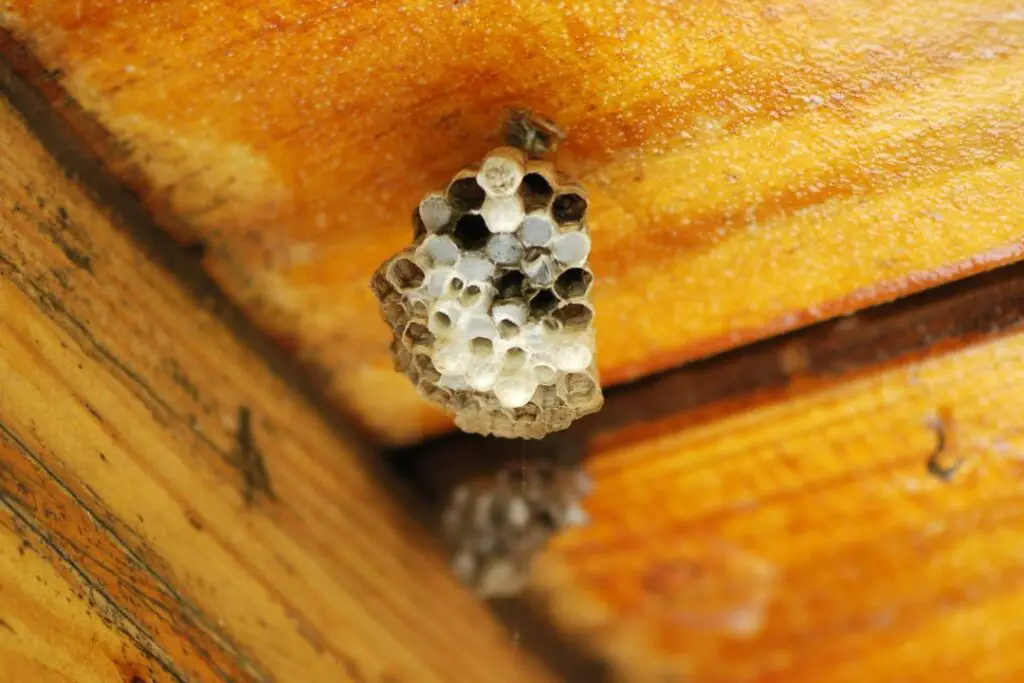
Nests In Your Home
We know most wasps die when the temperatures get too low, which can be as early as October in the wild.
Only the recently mated queens will wait out the cold weather to come out of hibernation the following spring and start a new nest.
But nests in your property provide a warm, safe location for the worker and drone wasps. This can lead to wasps in your home as late as December before they eventually die.
Should I Be Worried By A Nest In Or Near My Home?
So you’ve spotted a wasp nest in your home or garden, and you’re wondering what to do next.
Leaving a wasp nest alone or calling for professional pest control can be tricky.
This brief guide will help you make an informed choice, considering factors like wasp season, location, and potential risks to you and your family.
When to leave a wasp nest alone
Late Season Discovery – If you discover a wasp nest in late August or September, chances are the nest will die out naturally as winter approaches. New queen wasps will soon leave to hibernate, and the old nest will be abandoned.
Inaccessible Locations – If the nest is in a place that doesn’t pose a direct risk, like high up in a tree or loft space, you might leave it be. Wasps inside these nests are less likely to come into contact with humans.
Ecological Benefits – Wasps play a role in controlling other insect populations as they feed their larva. They also pollinate plants, so consider the ecological balance before you disturb their habitat.
When to call the pros
High-Traffic Areas – If wasps build their nests in areas where people frequently pass by, the risk of wasp stings increases. In such cases, it’s advisable to treat the nest.
Allergy Concerns – Wasp stings can be dangerous for people with allergies. Professional treatment is the safest choice if someone in your household is allergic to insect stings.
Large or Multiple Nests – As nests grow, they produce more wasps, increasing the risk of stings. Multiple nests in your area are a clear sign you should get rid of them professionally.
Indoor Nests – Finding wasps inside your home, especially in living spaces, is a red flag. Wasps should not be allowed to build their nests in your home.
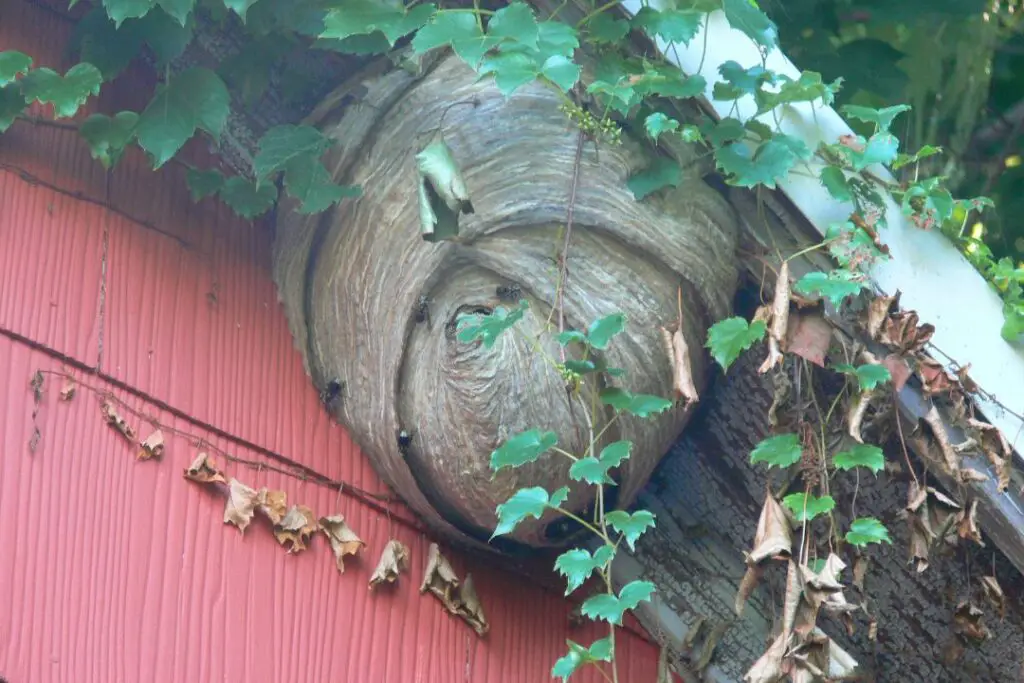
How to Ensure Safe Removal
- Contact a Professional: Always seek professional advice before removing a wasp nest.
- Suitable Location: Ensure the pest control service can safely access the nest.
- Timing: Early morning or late evening is the best time for treatment. Wasps are less likely to fly out and sting.
- Follow-up: Check that the nest has been effectively treated and that no wasps return to the old nest.
Ready to coexist with wasps or give them the boot? Either way, now you’re equipped to handle it like a pro! 🐝
Conclusion
Here at Revive a Bee, we love all kinds of insects and always ask that you do everything you can to try and avoid harming wasps.
While they may not be quite as adept at pollinating as bees, they still play a vital role in our ecosystem.
Learn more about how wasps interact with nature’s busiest pollen collectors in our short read: do wasps kill bees?

